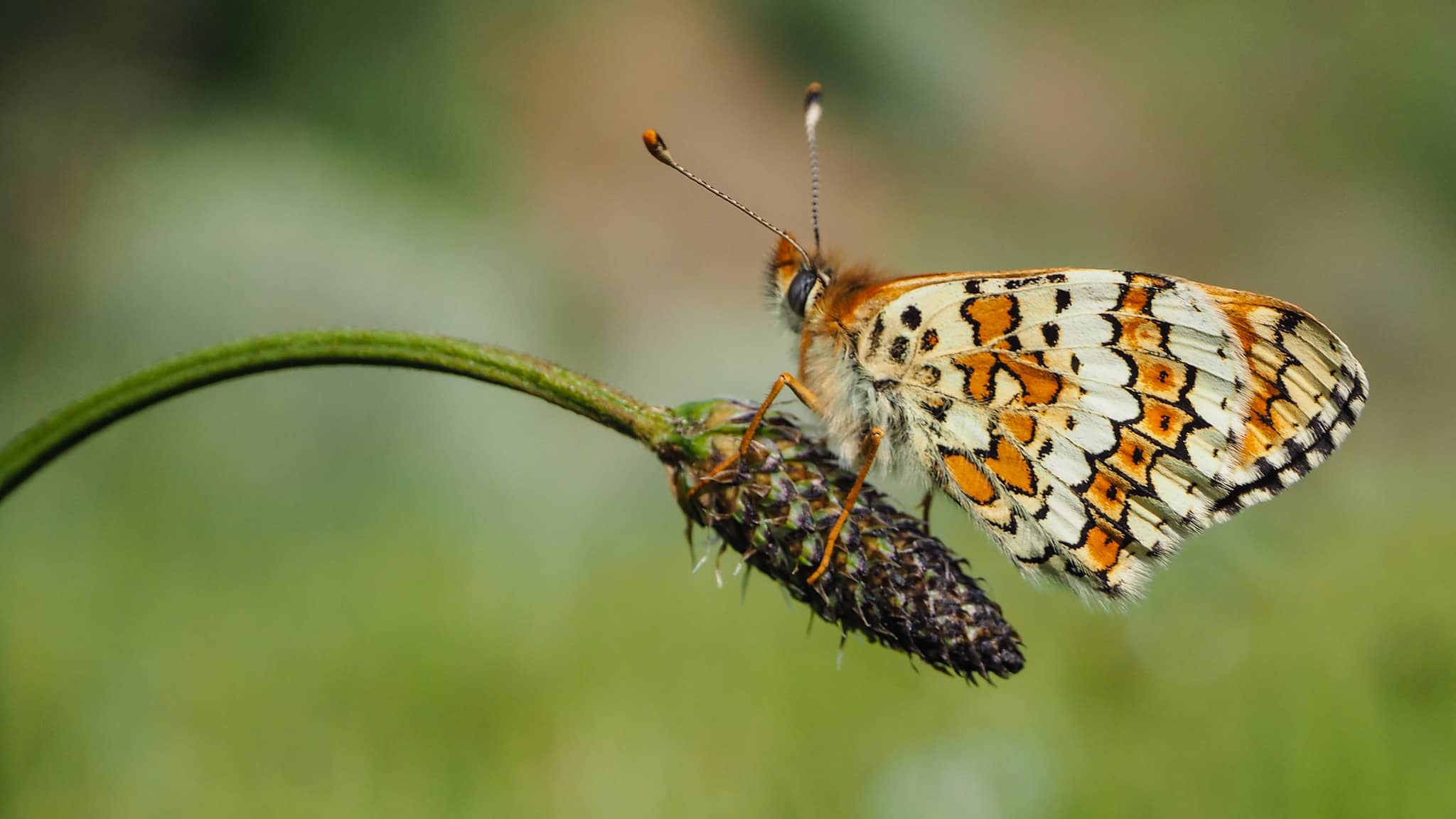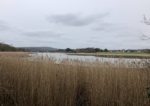The Big Butterfly Count 2022 reopens on 1st July ready for the main event between 15th July and 7th August.
The Big Butterfly Count is a nationwide citizen science survey aimed at helping Butterfly Conservation assess the health of our environment.
It was launched in 2010 and has rapidly become the world’s biggest survey of butterflies. Over 107,000 citizen scientists took part in 2021, submitting 152,039 counts of butterflies and day-flying moths from across the UK.
Why count butterflies?
We count butterflies because not only are they beautiful creatures to be around but they are also extremely important. They are vital parts of the ecosystem as both pollinators and components of the food chain.
However, they are under threat. Numbers of butterflies and moths in the UK have decreased significantly since the 1970s. This is a warning that cannot be ignored.
Butterfly declines are also an early warning for other wildlife losses. Butterflies are key biodiversity indicators for scientists as they react very quickly to changes in their environment. Therefore, if their numbers are falling, then nature is in trouble.
So tracking numbers of butterflies is crucial in the fight to conserve our natural world. That’s why taking part in this massive citizen science enterprise is of great importance not just for our butterflies but for the wider environment and biodiversity in general.
Become a butterfly counter
To take part, all you need to do is download the handy butterfly ID chart or free App for iOS and Android to identify and record the butterflies you spot.
Then between Friday 15th July and Sunday 7th August choose a place to spot butterflies and moths. Watch for 15 minutes. Then record which species you see.
Look at the fascinating interactive map to see how your data is contributing to conservation science and research.
See the Big Butterfly Count Website for more information.
News shared by Butterfly Conservation, in their own words. Ed
Image: mikeprince under CC BY 2.0





